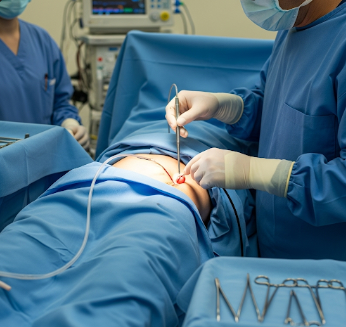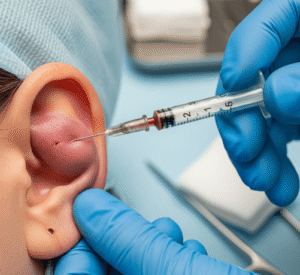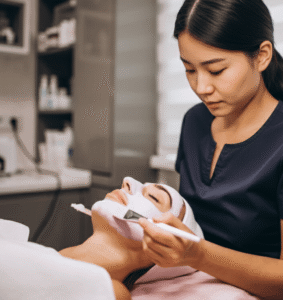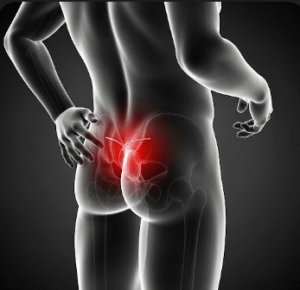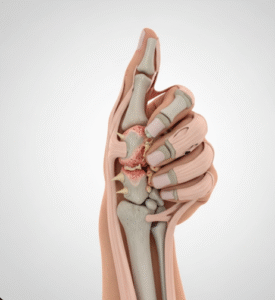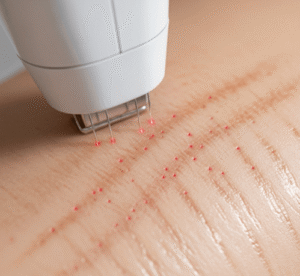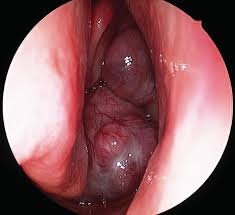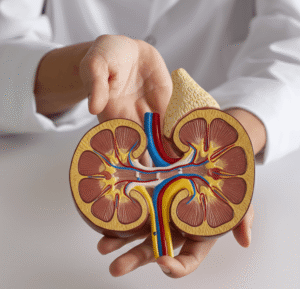Overview
Orchidopexy is a surgical procedure performed to correct undescended testicles (cryptorchidism) in children. When the testicle is palpable in the groin or just outside the scrotum, orchidopexy repositions it into the scrotum and secures it.
In South Korea, pediatric urology centers offer highly specialized orchidopexy surgery, using minimally invasive and open techniques, ensuring safety, optimal outcomes, and proper long-term testicular development.
What is Orchidopexy for a Palpable Testicle (Child)?
This procedure involves surgically mobilizing the undescended testicle and placing it in the scrotum. Key points include:
✔ Palpable testicle: Located in the inguinal canal or just outside the scrotum.
➔ Goal: Secure placement of the testicle in the scrotum to preserve fertility and hormonal function.
● Timing: Typically performed between 6 months and 18 months of age.
★ Prevents long-term complications such as infertility, testicular cancer, or torsion.
What are the Benefits?
Orchidopexy offers several important advantages:
✔ Preserves fertility by positioning the testicle in the cooler scrotal environment.
➔ Reduces risk of testicular cancer associated with undescended testicles.
● Improves testicular growth and function.
★ Prevents testicular torsion and injury to the undescended testicle.
➤ Enhances cosmetic appearance and allows normal scrotal development.
Procedure Details
1) How should I prepare for Orchidopexy for a Palpable Testicle (Child)?
Preparation helps ensure safe and effective surgery:
✔ Medical evaluation: Physical examination, blood tests, and sometimes ultrasound imaging.
➔ Medication review: Certain medications may need to be paused.
● Fasting: Typically 6–8 hours before general anesthesia.
★ Parent counseling: Discuss procedure, anesthesia, risks, and post-operative care.
➤ Lifestyle adjustments: Ensure hydration and overall health before surgery.
2) What happens during the procedure Orchidopexy for a Palpable Testicle (Child)?
Orchidopexy is usually performed under general anesthesia and lasts about 1–2 hours:
✔ Incision: Small incision in the groin or lower abdomen.
➔ Mobilization: The undescended testicle is carefully freed from surrounding tissues.
● Spermatic cord lengthening: Ensures the testicle can reach the scrotum without tension.
★ Testicle placement: The testicle is positioned in the scrotal sac and secured with sutures.
➤ Closure: Incision sutured and sterile dressing applied.
Korean pediatric surgeons often use microsurgical techniques for delicate tissue handling.
3) What happens after Orchidopexy for a Palpable Testicle (Child)?
Post-operative care focuses on healing, comfort, and monitoring testicular health:
✔ Hospital stay: Often outpatient or 1 day for observation.
➔ Pain management: Mild pain controlled with child-appropriate analgesics.
● Activity restrictions: Avoid strenuous activity for 1–2 weeks.
★ Wound care: Keep incision clean; monitor for swelling, redness, or discharge.
➤ Follow-up: Physical exams to ensure testicle remains in scrotum and grows normally.
Risks / Benefits
Possible Risks:
✔ Infection at incision site
➔ Bleeding or hematoma
● Testicular retraction or malposition
★ Rare injury to vas deferens or blood supply
➤ Recurrence of undescended testicle (uncommon)
Major Benefits:
✔ Corrects undescended testicle and secures it in scrotum
➔ Preserves fertility potential and hormonal function
● Reduces risk of testicular cancer and torsion
★ Enhances scrotal appearance and development
➤ Safe and effective with advanced pediatric surgical care in Korea
Recovery and Outlook
✔ Initial recovery: 1–2 weeks for incision healing; mild swelling may persist.
➔ Physical activity: Normal play allowed gradually under parental supervision.
● Long-term outcome: Testicle usually grows and functions normally; fertility preserved.
★ Follow-up: Routine pediatric urology visits to monitor growth and position of the testicle.
➤ Prognosis: Excellent with low complication and recurrence rates.
When To Call the Doctor
Parents should contact the doctor if they notice:
✔ Redness, swelling, or discharge at incision site
➔ Fever or unusual irritability in the child
● Persistent pain or tenderness
★ Testicle not remaining in scrotum
➤ Bleeding or signs of infection
Best Korea Option / Process
South Korea provides expert pediatric orchidopexy care with:
✔ Leading hospitals: Samsung Medical Center, Asan Medical Center, Seoul National University Hospital.
➔ Advanced surgical techniques: Open and minimally invasive orchidopexy.
● Experienced pediatric urologists: Specialized in cryptorchidism and delicate pediatric surgery.
★ Comprehensive post-op care: Pain management, wound care, and long-term monitoring.
➤ Medical tourism support: Translation services, travel arrangements, and follow-up care for international patients.
✅ Highlights:
✔ Orchidopexy corrects palpable undescended testicle in children
➔ Secures testicle in scrotum to preserve fertility and hormonal function
● Reduces risk of testicular cancer and torsion
★ Risks include infection, bleeding, retraction, or rare injury
➤ Korean hospitals provide advanced pediatric care with excellent outcomes

